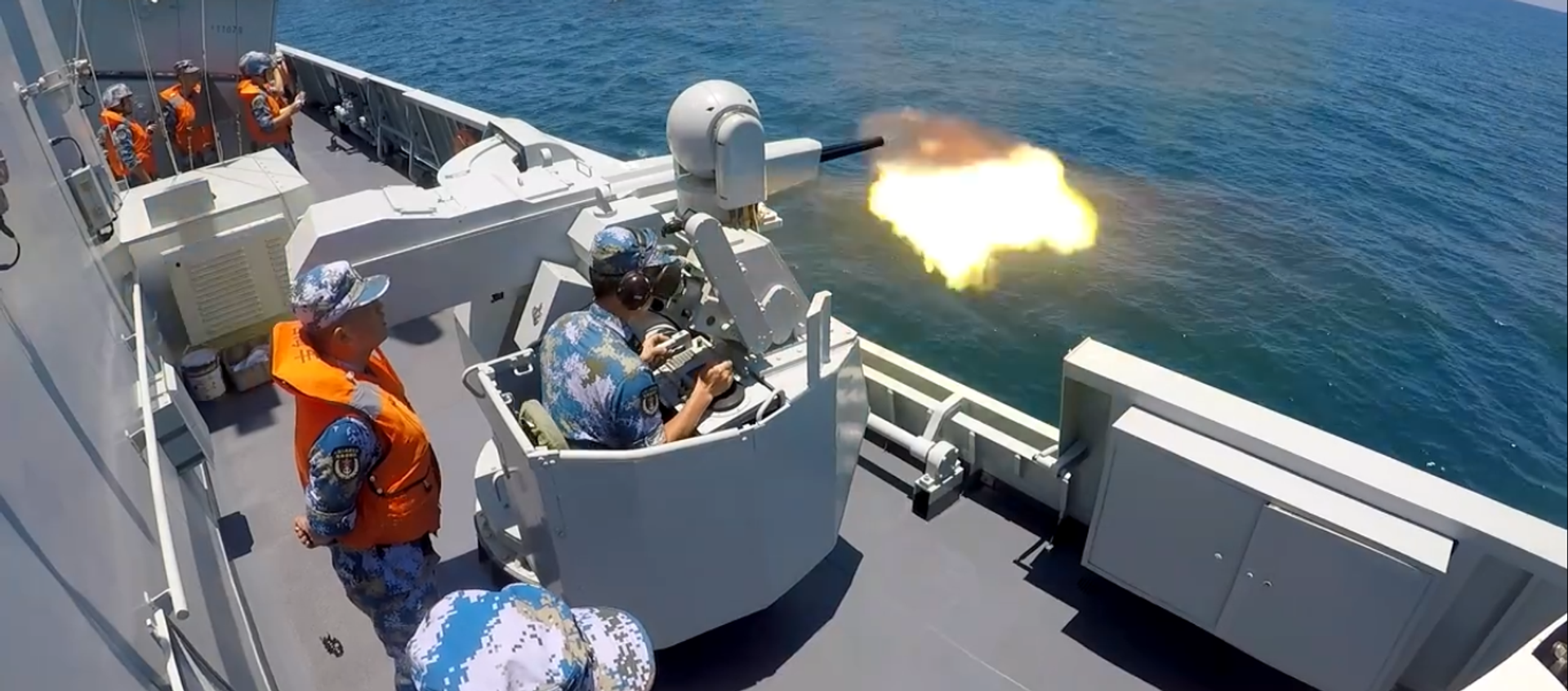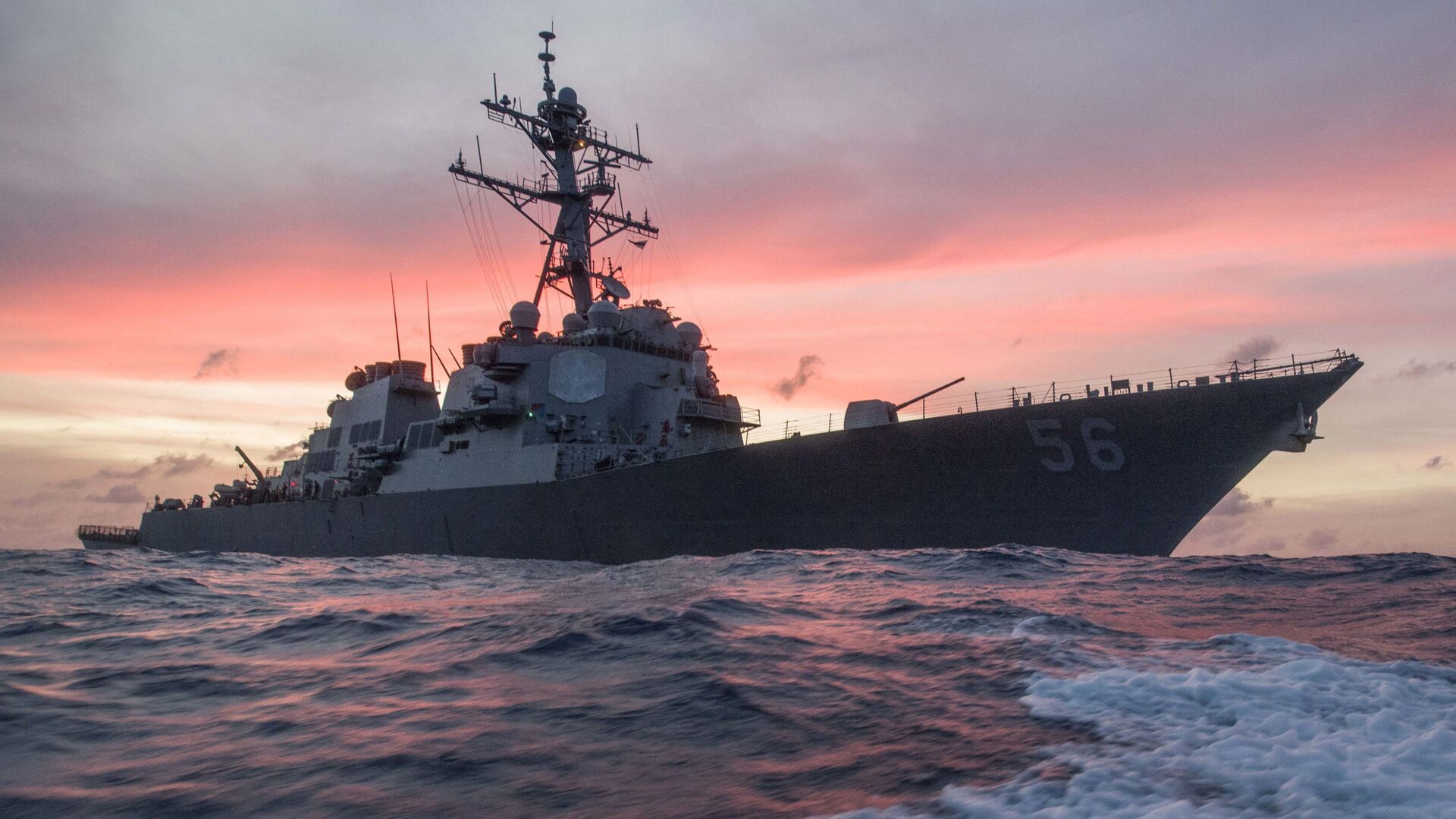The US Navy is concerned by the Chinese Navy's growth in "both capacity and capability", but, regardless, the American fleet will continue to carry out operations in the disputed waters of the South China Sea, which Beijing considers a part of its territory, US Navy Assistant Chief of Information Commander Courtney Hillson said.
"The US Navy continues to fly, sail, and operate anywhere international law allows. We are working with allies and partners to confront China's malign behaviour, and deter and contest China's attempts to incrementally undermine a free and open Indo-Pacific", Hillson claimed.
The concerns Hillson referred to are likely connected to a recent report by the Pentagon underscoring the significant boost the Chinese defence industry has experieced over the last few years. According to the Department of Defence, China "has already achieved parity with or even exceeded" the US in several defence industry spheres, such as shipbuilding, manufacturing of cruise and land-based missiles, as well as air defences.
US 'Provocations' in South China Sea
Washington routinely sends its warships to the South China Sea under the pretext of carrying out "freedom of navigation" operations, claiming that Beijing limits the passage of other countries' vessels through the waters. At the same time, the US continues to ignore objections from China, who warned that such provocations might one day result in an armed confrontation between the two nations, as American ships often sail close to islands in the South China Sea equipped with Chinese defences.
According to Hillson, the US Navy will face China's "multilayered fleet" in the region, which includes Beijing's naval forces, the China Coast Guard, and the People's Armed Forces Maritime Militia – a fleet of support vessels outfitted as civilian ships. The US Navy assistant chief insisted that Washington's maritime operations in the South China Sea are directed against China's "unlawful" territorial claims.

Five states dispute the ownership of overlapping patches of the South China Sea, including Brunei, China, Malaysia, the Philippines, and Vietnam. Beijing, however, currently exercises control over most of the territory and has been solidifying its presence by constructing forward naval bases and installing military equipment on the local islands. China insists that these installations are purely defensive in nature and pose no threat.



